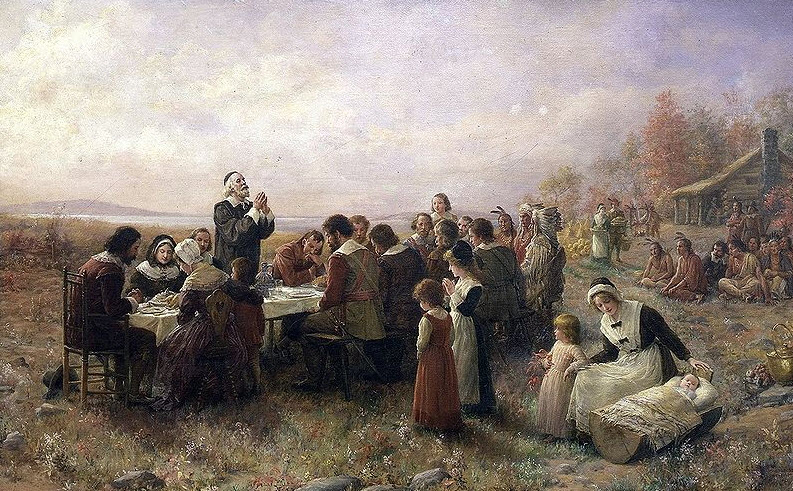Can you imagine what the story of Thanksgiving sounds like to someone learning English? Perhaps that adult in an ESL class in a church somewhere in Texas has just arrived as a refugee from Congo or Burma. Her children have brought home pictures of pilgrims and Native Americans. Perhaps one child described the story of how these two different groups celebrated a bountiful harvest together. Maybe school lunch for the day consisted of turkey and trimmings. Mix in a few Black Friday ads on TV and you have a recipe for cultural confusion. A cultural challenge, no doubt.
I find myself thankful today for those who are taking the time—week by week—to be cultural interpreters. Those who help others bridge from one culture to another. Perhaps you know one of these ESL teachers. According to Robin Feistel, ESL Coordinator for Literacy Connexus, we know of more than 1,900 of these dear saints who, combined, teach English each week to more than 11,000 adults from 85 countries in 245 church-based programs. Thank you, ESL teachers, you are showing the way. Thank you, Robin, and those you are training to lead workshops for new ESL teachers.
Whether we teach English or not, we can help others new to the United States. Patty Lane’s A Beginner’s Guide to Crossing Cultures (Intervarsity Press) is instructive. She encourages her readers to begin a journey of understanding one’s own culture to best respond to persons of other cultures. She lists six ways we typically approach those coming from other backgrounds:
- Xenophobia (fear)
- Ethnocentrism (superiority)
- Forced Assimilation (Americanization – You’re welcome if you become like me.)
- Segregation (remain separate)
- Acceptance (coexist, accommodate, and build relationships)
- Celebration (valuing other cultures in their diversity).
I’m grateful, too, for Jesus’ example of accepting those of different cultural backgrounds. His care for a Samaritan woman led to a whole new life for her and her village. May we, too, accept others and respond to them in love.


